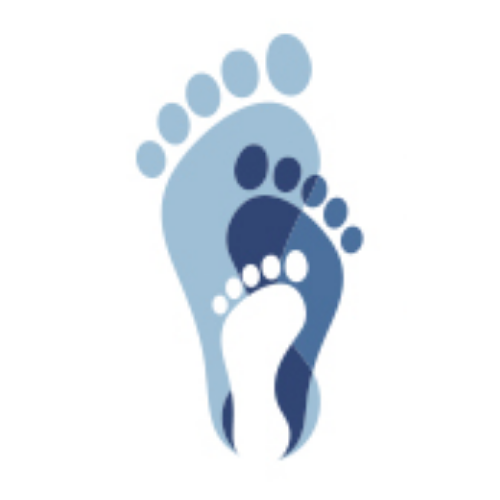Geelong Myotherapist Jesse Kingsbury Talks Ankle Sprains (guest blog)
Let’s talk ankle sprains and self management.
One of the more common injuries that occur, especially in the sporting population. Lateral ankle sprains are usually reasonably easy to manage. However, you can have long term issues if care isn’t taken to regain stability in the ankle joint and manage any muscular tension that come during immobility recovery.
Now, there are two types of ankle sprains lateral (outside) and medial (inside). Lateral Ankle Sprains (LAS) are the more common out of the two. A sudden change in direction or landing are a couple of the possible ways to sprain your ankle with your foot rolling out and overstretching the outside of the foot, ankle and lower limb. Depending on the severity of the sprain, treatment can range from nothing at all to immobilising it for a period of time.
Once the sprain has occurred the muscles in your lower leg will tighten up to help protect and stabilise your ankle joint. There are a couple of issues that can be caused from this muscular tightening. 1. Pain at the muscle/s attaches attachments and belly 2. Gait modification to maintain ankle protection. The suggestions made below are used to help alleviate the tightness to prevent any secondary muscular pain or gait modification.
Self Massage
Areas to target:
Gastrocnemius (calf)
Soleus (calf)
Peroneals
Tibialis Anterior
Plantar Fascia
Equipment that you will need:
Firm Ball
Foam Roller
Your Own Hands
Firm Ball - Plantar Fascia (golf ball)
While sitting or standing place your golf ball on the floor with your affected foot lightly on top of it.Very slowly (1-2mm/breath) roll your foot on top of the golf ball from the front of your heel to the ball of your foot. Your action can be forward and back or cross fibre (side to side). It can be quite uncomfortable so only use the amount of pressure you can handle.
Firm Ball - Glutes (lacrosse or tennis ball)
Place a ball on the floor.
Cross the leg to be stretched over the opposite knee and place the ball under your buttock of your affected leg. Roll over the ball until you reach a tender point deep in the gluteus muscles, and then hold this position. Breathe deeply and let your body sink onto it.
Foam Roller - Calf
Place the foam roller underneath your calf.
Take the opposite leg and cross it over so it is resting on your shin in order to apply extra pressure.
Balance yourself with your hands as you lift your legs and hips off the floor.
Roll back and forth slowly along the calf muscle.
Hands - Peroneals
Sitting in a chair, place your affected foot on your opposite knee. Place both palms side by side on your shin, so the pads of your first 3 fingers are in contact with your peroneals. From here you can either strum across the muscles or hold pressure down and move your foot up and down.
Hands - Tibialis Anterior
Sitting in a chair, lean forward and place your thumbs on the muscle just to the outside of your shin bone. From here you can either strum across the muscle or massage with a little bit of cream.
Please remember, this is general advice and may not suit your specific situation. Always see advice from a Health Professional to see if this advice is right for you.
Written by Jesse Kingsbury
Myotherapist

